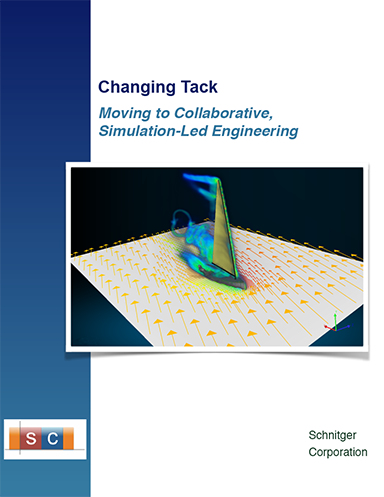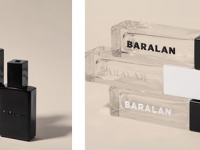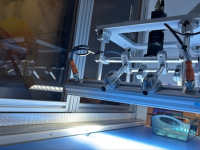Moving to Collaborative, Simulation-Led Engineering
Simulation is an important part of any enterprise’s quest to create better products, more quickly. Optimizing early in a design cycle can jump-start innovation, enabling the team to explore more alternatives, more quickly — and to make trade-offs based on

September 4, 2018
Realizing the Vision: Optimization in Concept Creation
Sailing and road races are often won by tiny margins, eked out by an engineering team that has a better understanding of the machine and course. Buyers are incredibly demanding, choosing products whose features delight them because they deliver more than expected, are more efficient, stronger or durable.
Designing a product means understanding the tradeoffs needed to satisfy competing drivers. Lighter and stronger? Cheaper to make and cheaper to operate? Imagine if you could examine dozens, hundreds, thousands of design alternatives before committing to a single component. If you could understand the tradeoffs you’re making between weight, shape and capacity?
How each decision affects the system’s reliability, cost or other attributes? As more manufacturers embrace agile design methodologies, development teams need to move quickly, to respond to changes in incremental, iterative work processes that can’t wait for physical test results.
Design optimization technology makes this possible. It’s changing the face of engineering in industries as diverse as automotive, household appliances, yacht racing and rail transport. This white paper presents three cases that highlight how leading companies use design space exploration to better understand their designs and create standout experiences for their customers.
As you read through the cases, you’ll notice several common themes:
- Designs are getting more complex and multi-disciplinary. Leaders are moving beyond simulating component performance to modeling complex systems so that they understand interactions and make the best decision for the entire system.
- This complexity often requires modeling across physical domains, and perhaps even beyond physics when including financial or schedule trade-offs.
- Hybrid techniques combine physical and virtual testing: simulation informs physical test, while the physical test results validate the simulation. Neither operates alone.
- An analysis-led methodology lets design teams to evaluate many more alternatives than humans could do alone, leading to both optimized solutions and compressing the design timeline.
- Simulation isn’t just about computer codes driven by specialists. A solid simulation strategy revolves around people, tools and processes
Fill out the information below to download the resource.
Latest News









